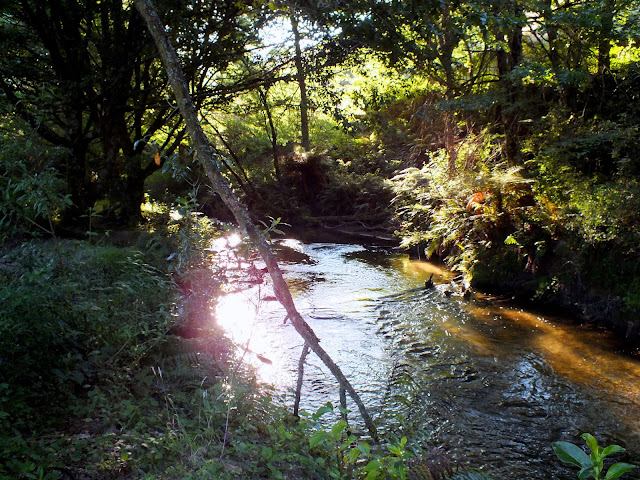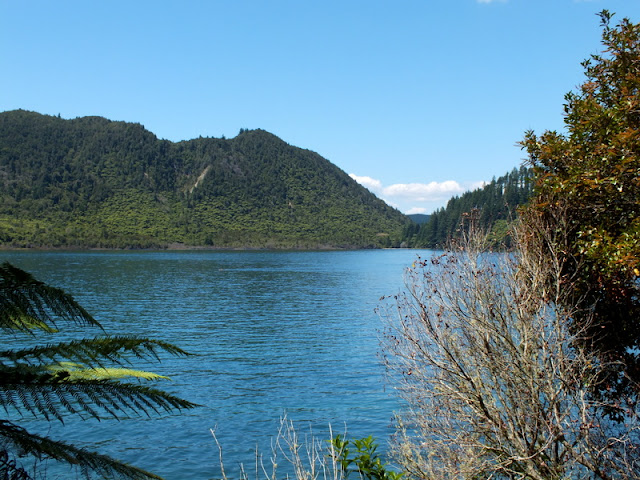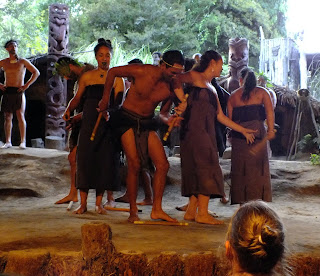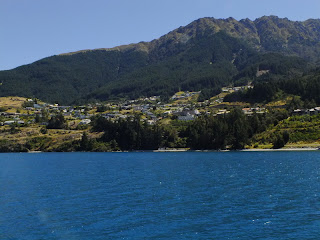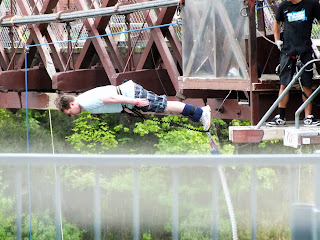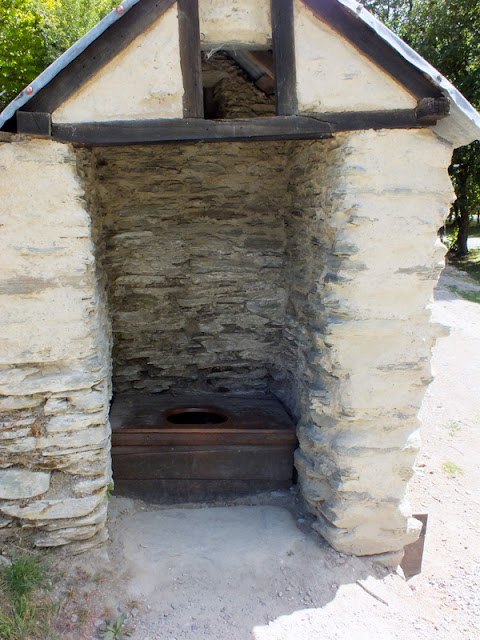Holiday 2013 - destination New Zealand via Singapore.
(The pictures can be viewed full size by right clicking and view in new tab.)
This is the story of our 2013 Holiday.
This is our second visit to New Zealand and this time we took a couple of friends, Judith and Stuart, along with us. This web page seemed the best way to show off some of the 1700+ photographs and videos I took and tell the story of our holiday.
Singapore's Changi airport must be the best Airport I have ever been in. Clean, BIG, and full of interesting things to look at and do - Although most of the shopping is expensive designer type shopping.
A local Artist was displaying some sculpture, entitled mother and child, in the airport lounge. Mmmmm!
There is a nature trail around the airport with various parts at each terminal. You could spend 2 or 3 hours going round it all. The butterfly house is in the terminal 3 where we were so I paid a short visit there.
There is a Koi carp pond where the fish are at least 600mm (2 foot) long! they get fed at 9:30 and 4:30. If your there then the guy will let you feed them, they will come to the surface and take food from your hand. Good job thay don't have any teeth.
Moving on from Singapore after a 3 hour stop over we arrived in Auckland. We had arranged a 4 stop tour with a days stop over in Auckland to break up the car driving.
Our 3 stops in North island were Paihaia in the bay of islands, Cleavdon Auckland and Rotorua.
On the South Island we stayed in Queens town.
Our accommodation in Cleavdon was excellent, as it was at all our stops. A large room attached to the main house with a small kitchenette on the side for making coffee and breakfast.
The drive up to the Bay of islands takes about 4 hours. Although the traffic in Auckland is heavy and the roads wide (almost motorways).
Outside Auckland the roads quickly become 2 way and traffic very light indeed. Interstate highway Number 1 is about as wide as the road into Peterborough. Interesting driving though. We hired a Toyota Camery. An Automatic with cruise control that got a fair bit of use on these empty roads.
 |
| View from the deck over the bay. |
Rather dull weather greeted us at The Bay of Islands for the first co3 days along with choppy waters in the bay. As a result we decided not to take one of the many boat trips out to see the islands.
Wild life is all around. Some big enough to see and some hard to find but very easy to hear.
New Zealand had no mammals being populated by only insects and birds when the European settlers arrived.in 1840. Although they soon imported many, often to the detriment of the local wildlife.
There are no snakes or other biting animals other than the white tailed spider that was imported from Australia, Although known to bite Humans the bite isn't dangerous just a bit uncomfortable (I am told).
We walked the 5 Km to see the Haruru falls. The walk is through native forest and the sound of the insects in the bush was deafening at times.
The falls are a bit shallow at the present as they are in the midst of a drought at present - We were told that in full flood they are very impressive despite their modest drop.
The walk to the falls is very varied and includes a board walk through a mangrove swamp and a long wooden bridge across a tidal inlet.
 | ||
| Mangrove |
The mangrove roots are very shallow and to get air the send a short rootlet up to the surface.
 | ||
| VERY long bridge |
Whilst we were admiring the falls the tide turned and part of the trail we had taken flooded. We had to make a detour through the bush to get round. The long bridge and board walk were now only a few inches above the water level.
Although New Zealand had been occupied by the Maori people for several hundred or a couple of thousand years depending on who's story you hear it was discovered by Europe in 1642 by Abel Janszoon Tasman a Dutch captain and explorer. Captain Cook circumnavigated the islands in 1769 the first of 3 visits he made to New Zealand.
From the late 18th century, the country was regularly visited by explorers and other sailors, missionaries, traders and adventurers. In 1840 the Treaty of Waitangi was signed between the British Crown and various Māori chiefs, bringing New Zealand into the British Empire and giving Māori equal rights with British citizens. There was extensive British settlement throughout the rest of the century. War and the imposition of a European economic and legal system led to most of New Zealand's land passing from Māori to Pākehā (European) ownership, and most Māori subsequently became impoverished.
The signing of this treaty is celebrated every February at the treaty grounds close to where we were staying in Piahia. This draws vast numbers into the area every year, largely Maori but a good number of European New Zealanders also go to what is a huge gathering.
In the past there has been trouble as Marori activists tried to draw world attention to the plight and unfair treatment of the Marori people over the years. The New Zealand government have in recent years given the Marori many concessions and rights so the troubles have diminished.
The Marori re-enact their landing in dug out canoes called Waka We happened to be on the beach when this was taking place.
 | ||
| Treaty ground. |
Leaving Piahia we followed the west coast south back to Auckland. Much less populated than the East coast this route passes vast deserted beaches and huge sand dunes as well as dense native forest.
When Europeans first came to New Zealand much of the land was covered in forest. In places in this forest huge Kauri trees many thousands of years old stood. Now most of these trees have been cut down for use as building materials and in only a few places do they still stand or are being re-established.
The Tree pictured is over 2000 years old and would have been a seedling when Christ walked the earth.
 |
| Native Forest |
Ponga trees - a sort of tree fern are common place and the Marori often used these to build their homes. The tree trunk absorbs water and it becomes almost impossible to burn. An advantage when your cooking over an open fire.
 |
| Reconstructed Marori village. |
The tree cover in the forest is very dense. This encourages the trees to grow to a great height with little under growth.
After a stop over in Auckland to break up the drive we continued on to Rotorua.
Another great place to stay. A log cabin set in 12 acres of ground with its own trout stream at the bottom of the field. Horses and chickens wondered about.
Lote of wild life around here because of the country setting although we were only 7 Km out side town.
 | |
| Weta |
The largest insect in New Zealand is called a Weka. This is a smallish female. The "sting" is in fact an egg depositor for laying eggs in rotting wood. The insect is harmless although larger specimen can grow as large as a mouse.
 |
| Grasshopper |
This little guy hopped by one day enjoying the sunshine. Again they seem just that little bit bigger over there.
Cormorants are common and you can often see then fishing in the rivers and lakes or drying themselves after a fishing spree.
This Kingfisher was an almost daily visitor. No doubt the trout stream was his territory.
This stream took us on a lovely walk through a hundred year old red wood grove to a spring that was the source of the stream. 2,000,000 ltr of water well up from the 40 mete deep spring every day.
The water seeps through the surrounding hills taking 70+ years to get to the spring.
 |
| These red woods were planted in the 1890s to see what sort of tree would grow best. |
 |
| The spring and source of the stream. |
Rotorus is best known for it's geothermal activity and boiling mud pools and steaming water are all over the town. Unfortunatly this also means a lot of hydrogen Sulphide in the air and it stinks!.
 |
| A View over Rotarua town. |
 |
| The only picture of me. |
The owners of the log cabin lived in a rather bigger place just down the road a bit.
We were not far from the coast (no where in New Zealand is!) so we traveled a bit down the bay of Plenty to see what it was like.
 |
| Green Lake |
 |
| Blue lake - These are side by side. |
 |
| Coast - Bay of Plenty |
 |
| View from the cabin |
 |
| Sun set |
 |
| Beach front houses |
 |
| Dinner time |
Whilst in Rotorua we went to a Maroi Hange This is a traditional meal cooked in a pit over hot stones. We had lamb and chicken and veg. They also put on a cultural show to give some idea of the ancient Maroi way of life (before the european settlers arrived)
Rotorua is about 150 miles from Napier. This is a major wine growing area as well as famous for the Art deco buildings. We went to have a look.
Art Deco buildings are all around.
A cup of Coffee and a slice of cake in an open air Cafe brought this little guy to see us. He was very tame hopping around the table and chairs picking up crumbs.
After a week we returned to Auckland to drop off the car and fly to the South island and Queens town - The white knuckle centre of New Zealand and home to Bungy Jumping.
Queens town is spectacular for it's lake side setting by the second largest lake in new Zealand and for the mountains that surround it. The lake is 400 meters deep, crystal clear and icy cold.
 |
| Its hard to get any scale but the little white dot is a helicopter. |
The mountains change by the hour as the light shifts. Getting good photographs in scenery like this is just a matter of pointing and pressing the shutter.
There are many opportunities for thrills here if your are so minded from speed boats to dual hang gliding off the mountain tops to bungy jumping (invented here).
 |
| The point of no return |
A bit slower but enjoyable is the steamer that goes up and down the lake daily - 100 years old and totally original.
 |
| The Earnslaw. |
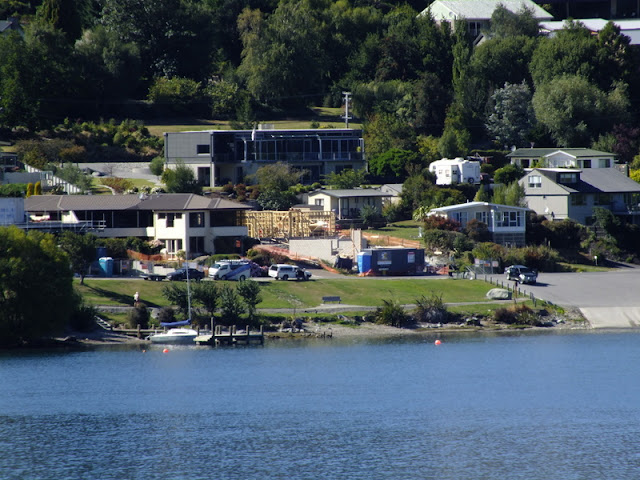 |
| Queenstown |
 |
| Our appartment. |
Close to Queens town is Arrow town a gold mining town of the 1800's little changes since then - many tones of gold were mines here and panned from the river making many men very rich although it also broke many.
A lot of Chinese workers were attracted by the prospect of riches but they lived in shacks and few ever made it big.
 |
| NZ food tends to come in big portions |
Jet boats, Bungy jumping and parachuting behind us we returned to Auckland for 3 days to gather ourselves together ready to return via Singapore and another 3 days stop over there.
 |
| Built round 20+ volcanic cones, |
 |
| Auckland mixture of old and new |
 |
| Mission bay Auckland. |
 |
| Love Air NZ |
 |
| Another Sun set. |
Singapore.
 |
| Old and New side by side Clark Quays |
 |
| Marina bay sands Hotel |
 |
| City Hotel |
 |
| Raffels |
 |
| Long Bar |
 |
| Pea nuts and drinks in the long bar |
 |
| Used to be red light district |
 |
| Raffels court yard |
 |
| Street market. |
 |
| Shopping Mall |
 |
| Plastic food menu |
 |
| Chinese trade deligation |
 |
| Magical by night |
 |
| China town |
 |
| 70% of population is chinese |
 |
| lots of these about. |
 |
| Hindu Temple |
 |
| Temple |
 |
| They do eat the bits we throw away |
 |
| Temple |
 |
| Buddhist temple |
 |
| Wash day sor some |
 |
| Modern population |
 |
| Old population |
 |
| Hawker food hall very cheap to eat |
 |
| Hawker food hall |
 |
| Gardens by the bay |
Very hot 28 - 35 deg C most of the time and very humid. It rained during the night pushing the humidity up.
A beautiful city with a strange mix of west and Asian.
Alas here our holiday ends after a month and 3 days away we had to return. On the good news side in an effort to beat jet lag we flew back to the UK Business class! Wow what a difference. Lay down beds, good food with lots of choice, Lots to drink as well - I had 3 glasses of Champers before we were served food.
Until next time because we will go back there is so much to see and do we have hardly touched the surface.
If I was young enough I would without a doubt emigrate. Housing is cheaper and better quality, the cost of living is about the same then only down side is that company pensions are almost unheard of so you must make your own savings arrangements. but then again it's getting that way in the UK now.
A show house we looked round at Jacks point http://www.jackspoint.com/ near to Queens town - priced from £180,000 to £250,000 3 bed and golf club membership thrown in.

















































